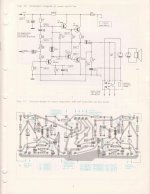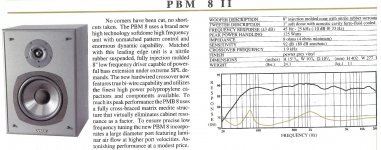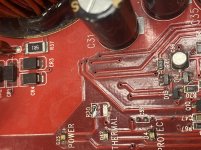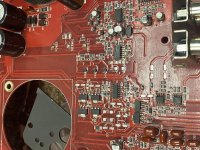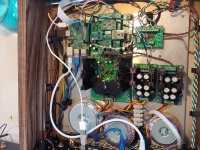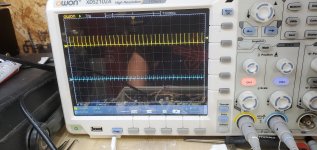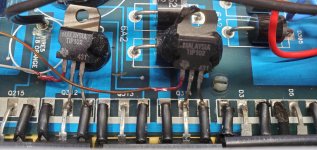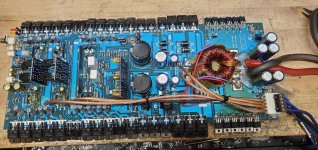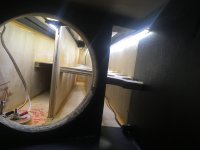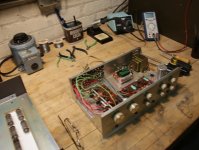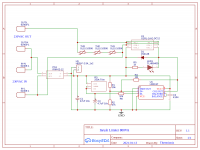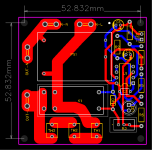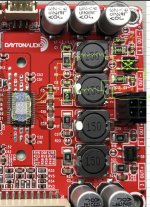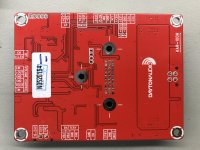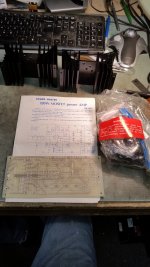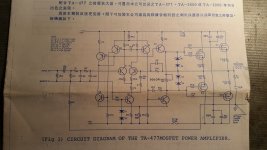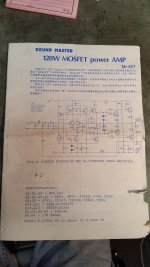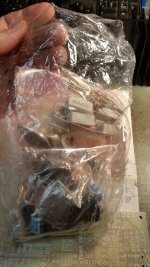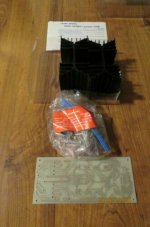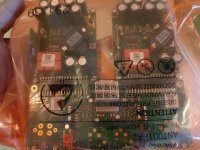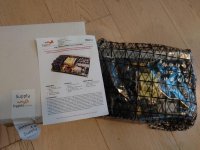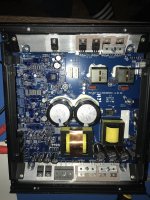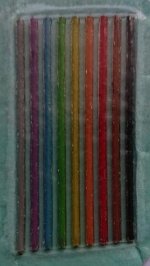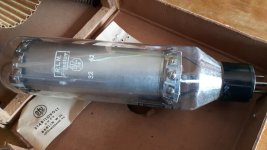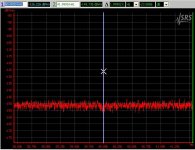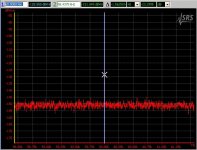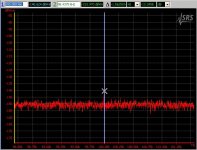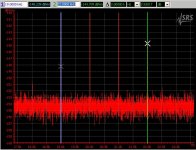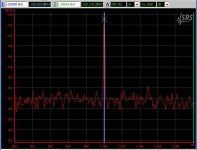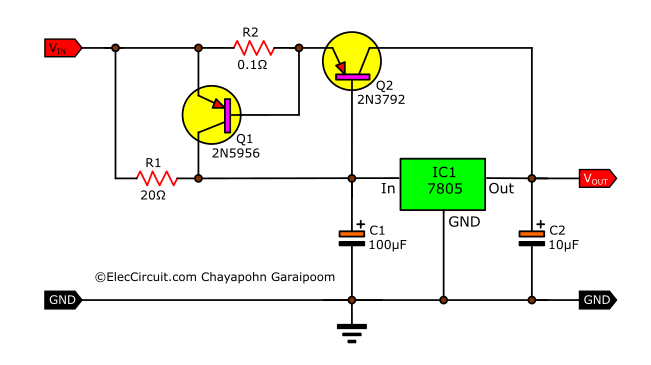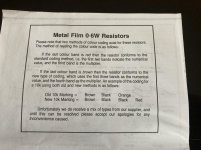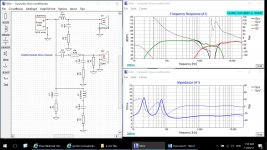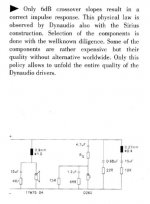Hi, i have strip and cleaned a original ST70 using original PT and OPT.
See the attached picture of the PCB circuit. All parts are new.
I installed the pcb and used 12AX7 and 12BH7A (12AU7)tubes.
I have +300Vdc to it, fonctions fine.
B+ of the amp is 400Vdc.
But i have trouble with the Dynaco ST70 with feedback loop.
As is with the R7-C11(7,5Kohms and 220pF) feedback of the circuit, amplifier goes into oscillation, high pitch noise.
I did some experiementation on FDB circuit with this same configuration on other tube amps i built before a Scott 6L6 and a 6L6 Heathkit and got excellent results.
Without FDB the ST70 amp is stable as open loop, but low gain, and high distortion THD.
I have tried some different résistors value to find the point were it would remain stable. (changing the value of R7 to have nothing connected, and up to 17,5Kohms to have minimum FDB).
- Add in serie with R7-C11 a 2,2Kohms = no high freq. Pitch noise, but on music transient i get oscillation.
- Or add a 4,7Kohms= same
- Or 10Kohms= no improvements, oscillation on high frequency transients.
These test i did used the C11 =220pF and did not changed it.
From there i did also tried a use the DynacoST70 classic FBD, directly connected a 1,5Kohms unstead of R7 and add at the screen lower EL34 a 500pF capacitor To the jonction of R9 -R5. On the 12AX7 cathode.
Still high frequency pitch noise once i ramp up B+ voltage to 400Vdc.
SO i kind of trying to swap tubes, but it is a non situation if in the future if you change tubes, it will go oscillation again, not a good idea.
So FBD loop is necessary, but tried to have more feedback, not correct, less feedback by adding series résistors.
All this is is from 16 ohms tap OPT.
Output tubes bias fine at 35mA each.
What do you think, so i try to change C11 for a different value 390pF?? 500pF??
I haven't test the amp with square vawes signal as to haveit stable before i will tweak it for best waveform possible.
Thanks.
